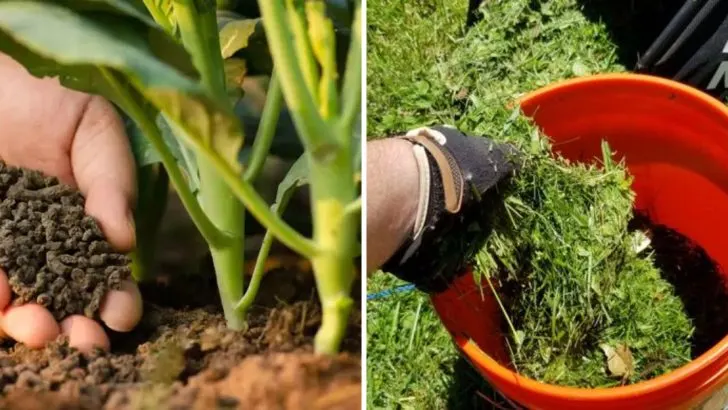Grass clippings are usually treated like yard waste—something to bag up and get rid of as fast as possible. But if you’re mowing regularly, that’s a lot of free material you could be putting to better use. It turns out, those green leftovers are more useful than most people realize.
Beyond the obvious “leave it on the lawn” method, grass clippings can actually pull their weight in the garden and even around the house. A few small changes in how you handle them could save you time, improve your soil, or solve a problem you didn’t know they could help with.
Natural Fertilizer
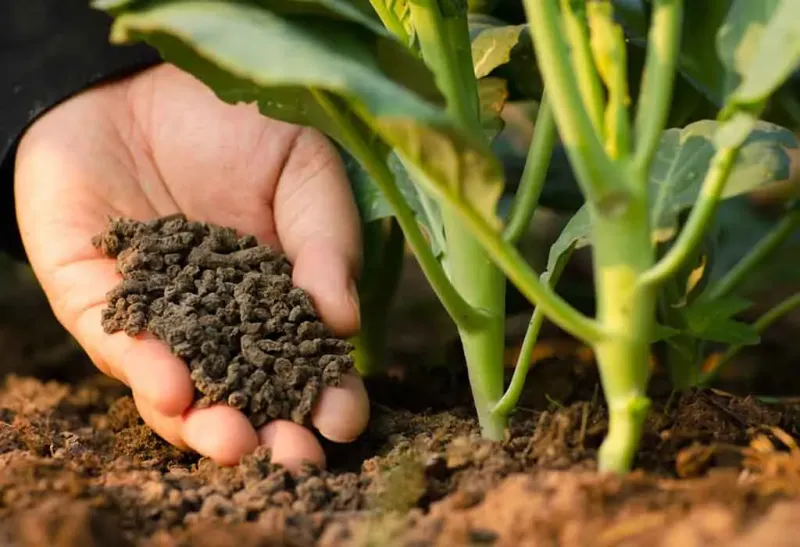
Imagine a lush garden thriving with vibrancy. Grass clippings can act as a natural fertilizer, enriching your soil with essential nutrients. These clippings decompose quickly, returning nitrogen to the soil and encouraging healthy plant growth. Simply spread them evenly over your garden beds. This green mulch helps retain moisture and suppress weeds, providing a sustainable alternative to chemical fertilizers. Best part? It’s free and readily available right after mowing your lawn. A sprinkle of grass can make a world of difference!
Grass Clipping Tea
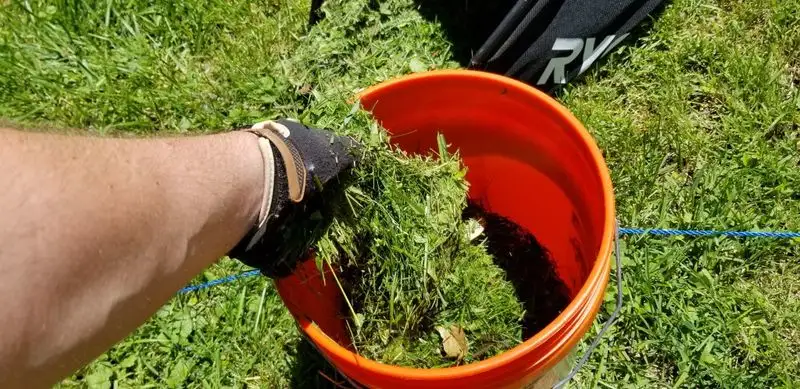
Brewing grass clippings into a nutrient-rich tea may sound unusual, but it’s a gardener’s secret weapon. This ‘tea’ infuses water with beneficial nutrients, which can be used to nourish plants. Start by steeping a bag of fresh clippings in water for a few days. The resulting liquid is a potent plant tonic. Pour it around the base of flowers and vegetables to boost their vitality. It’s an eco-friendly, cost-effective method to enhance plant health. Plus, it creatively utilizes clippings that would otherwise be discarded.
Compost Booster
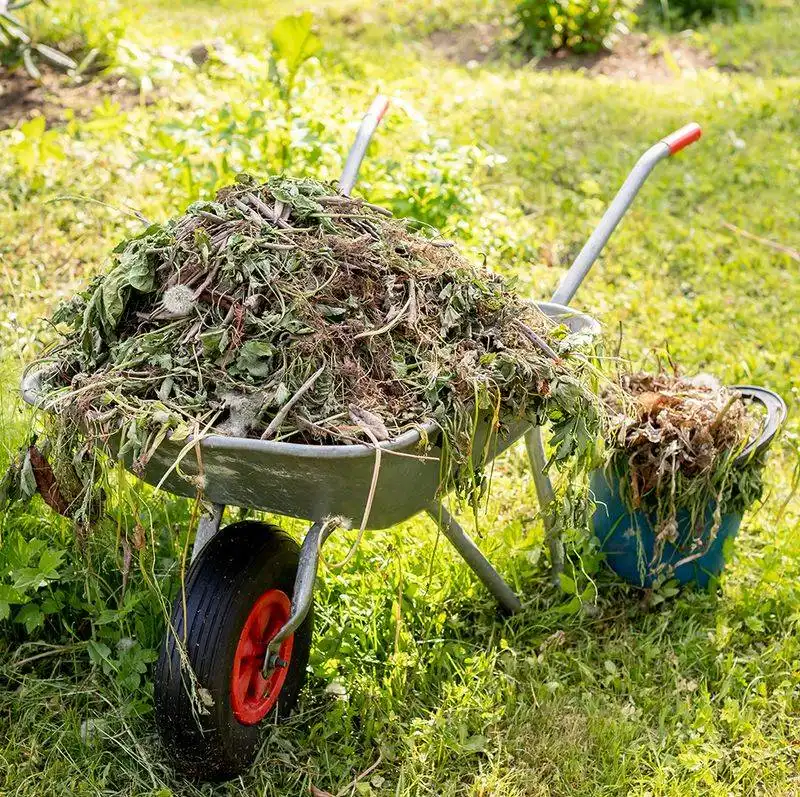
Boost your compost pile’s efficiency with grass clippings. Acting as a green component, they accelerate decomposition, turning organic waste into rich compost. Layer clippings with brown materials like leaves and twigs. This balance improves aeration and helps microorganisms thrive. The result is nutrient-rich compost that can enrich garden soil. Not only does this reduce waste, but it also provides a valuable resource for sustainable gardening. Transforming lawn waste into gardening gold is both rewarding and eco-conscious.
DIY Mulch
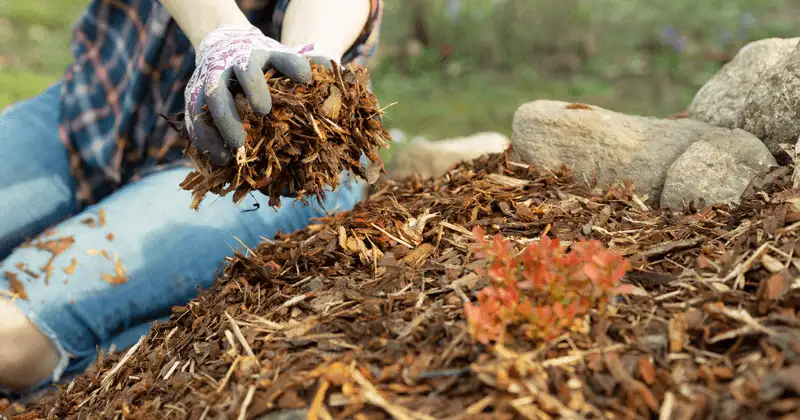
Grass clippings can transform into effective mulch, aiding in moisture retention and weed suppression. Spread a layer over your garden beds to create a protective barrier. This mulch helps conserve water by reducing evaporation, making it perfect for arid climates. As it breaks down, it enriches the soil with nutrients. Use clippings on vegetable gardens, flower beds, and around trees. It’s a simple yet effective way to recycle lawn trimmings, offering natural benefits without extra cost. Embrace this eco-friendly gardening practice!
Animal Bedding

For pet owners and farmers, grass clippings can serve as comfortable animal bedding. When dried, they become soft and absorbent, perfect for lining chicken coops or rabbit hutches. This natural bedding is affordable and easy to replace, creating a clean and cozy environment for small animals. It also reduces waste by repurposing clippings that might otherwise be discarded. With a bit of drying time, you can provide your animals with a comfy, eco-friendly place to rest. Consider this alternative for your furry or feathered friends!
Grass Clipping Paths
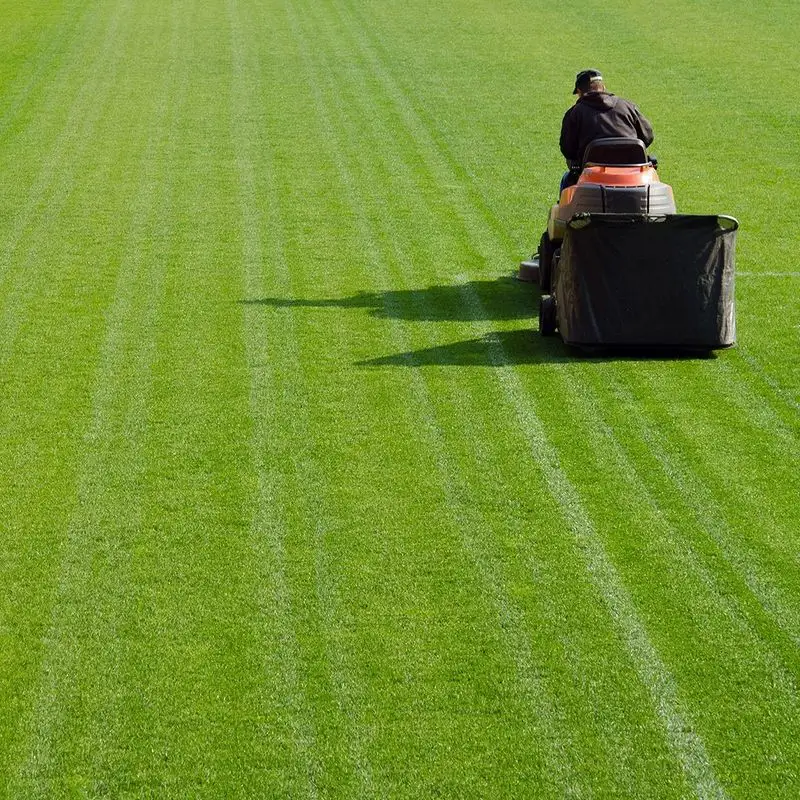
Craft a unique garden pathway using grass clippings. Packed tightly, they form a soft, natural walkway that blends seamlessly with your garden’s greenery. As they compact, they create a firm base, providing an alternative to gravel or stone paths. This approach not only utilizes lawn waste but also adds an earthy charm to your garden. The pathway will gradually decompose, enriching the soil beneath. It’s a creative, cost-effective way to enhance garden aesthetics while keeping sustainability in mind.
Artistic Grass Sculptures
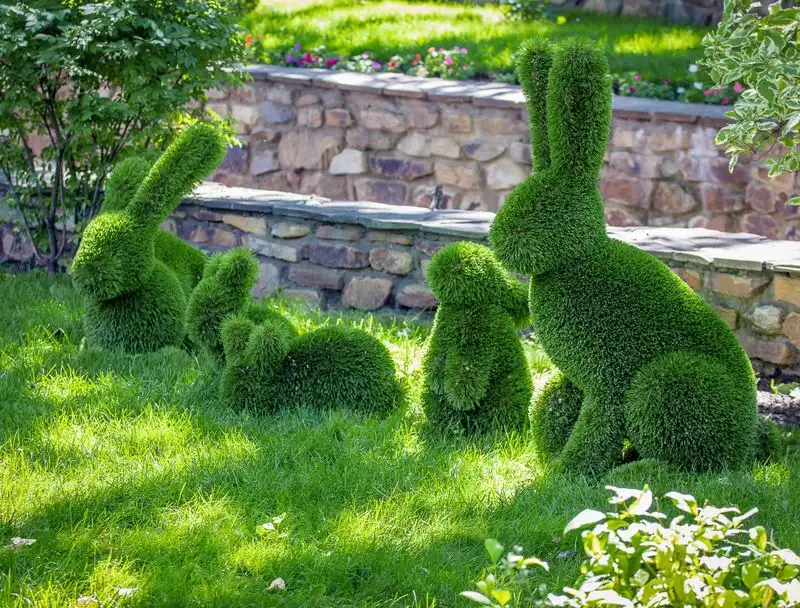
Unleash your artistic side by crafting sculptures from grass clippings. Mold the clippings into various shapes, creating whimsical garden art. This unconventional medium allows for creativity, turning ordinary lawn waste into extraordinary displays. As the clippings dry, they hold their shape, offering a playful touch to gardens and parks. It’s a fun project for families or community groups, promoting creative recycling. Transforming clippings into art not only reduces waste but also adds unique beauty to outdoor spaces.

